Choosing the Best Chromatography Vials from Aijiren: A Globally Well-known Supplier
Ⅰ. Introduction
Chromatography is used across numerous fields – such as chemistry, medicine, biology, and other sciences – to identify and purify substances. Chromatography vials play an integral part in sample preparation and subsequent analysis. We will focus on how to choose suitable chromatography vials in this essay before providing an in-depth article on the subject.
A. An Explanation of Chromatography Vials
Chromatography vials are used to store samples before analysis and can be constructed of glass or plastic. There are various sizes and designs of vials designed specifically for different applications; selecting one depends on several factors including sample type/size/complexity as well as equipment used – choosing an inappropriate vial could have detrimental results for analysis.
B.Select the Appropriate Vials mes In order to Achieve Accurate and Reproducible
Chromatography results, it is crucial that appropriate vials be utilized. They should protect sample integrity by preventing contamination or evaporation, and be compatible with both analytical method and instrument – otherwise incorrect vial selection could lead to poor peak shape quality, lower sensitivity levels, or noise in baseline readings, thus leading to inaccurate outcomes.
This article covers topics like types and factors to keep in mind when choosing chromatography vials.
II. How Many Types of Chromatography Vials Are There?
Chromatography vials have many types. There are mainly three types of vials according to their material; and five types in terms of their neck finish. Chromatography uses both stationary and mobile phases. Samples are passed through the stationary phase, which separates components according to their chemical and physical properties. Chromatography vials – integral parts of this method – come in an assortment of materials, types, sizes, and neck types for efficient separations.
A
Vials can be divided into various types depending on their volume, such as micro vials, 1ml vials, 2ml vials, 4ml vials, 10ml vials, 20ml vials, etc.
a). Micro vials are small containers with volumes below one milliliter and are widely used for analytical testing and chromatography applications.
b). Vials with a capacity of one milliliter are used for storing and transporting small samples.
c). 2mL Vials: These vials are typically used by the pharmaceutical industry to store or transport medications.
d). Vials with a 4 mL capacity are commonly used to store and transport biological samples or specimens.
e). Vials with 10 mL capacities are used to store and transport liquid medications or biological samples.
f). Vials with a 20-mL capacity are used to store and transport large volumes of medication or biological samples.
The size and type of vials vary, depending on their application or industry.
B
Common vial types include:
a). Glass vials are widely utilized within the pharmaceutical industry due to their transparent, inert nature and ability to be sterilized easily. Most often made of borosilicate or soda-lime glasses.
b). Plastic vials are widely utilized by multiple industries including pharmaceuticals, food and beverages, and laboratory testing. Common materials for the production of such vials include polypropylene, polystyrene, or polyethylene, and can be reused multiple times without risk.
c). Metal vials, constructed of either stainless steel or aluminum, are utilized for specific uses, such as the storage or transportation of radioactive materials.
C
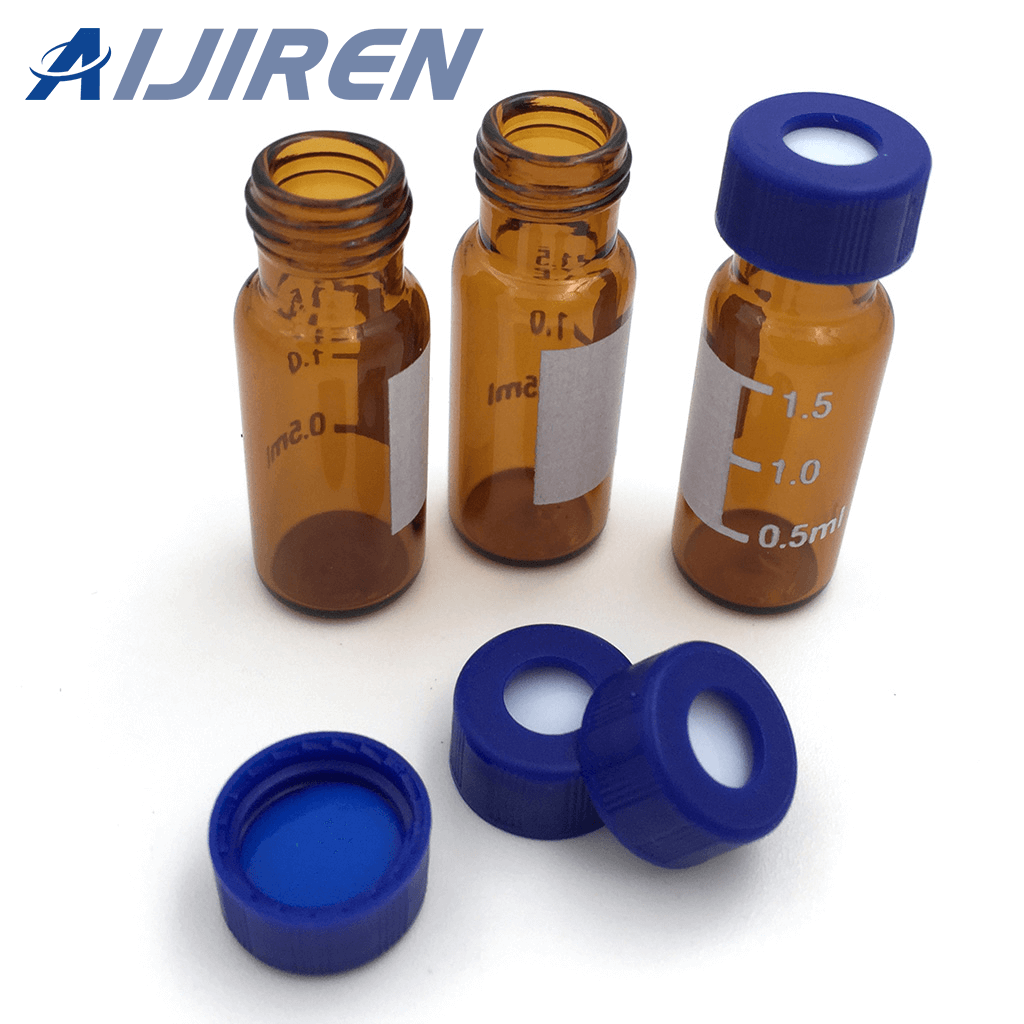
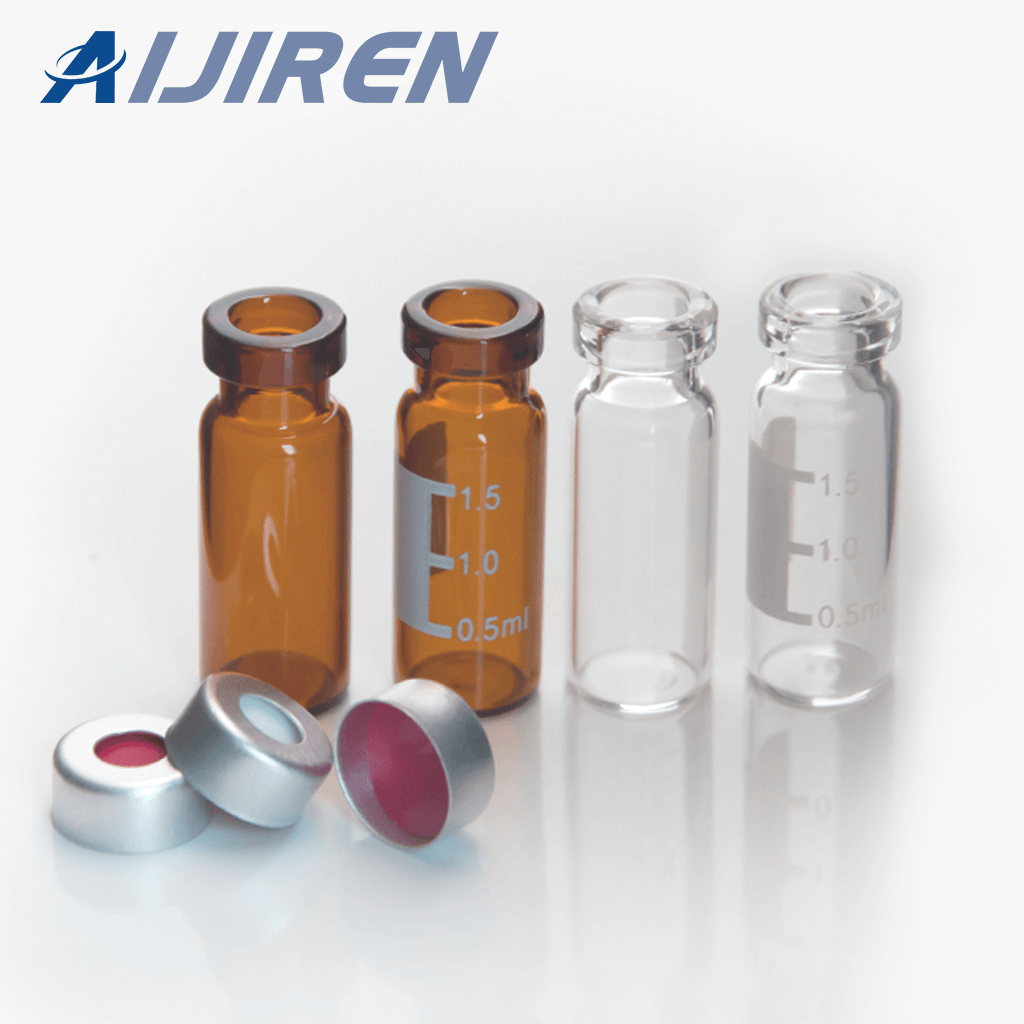
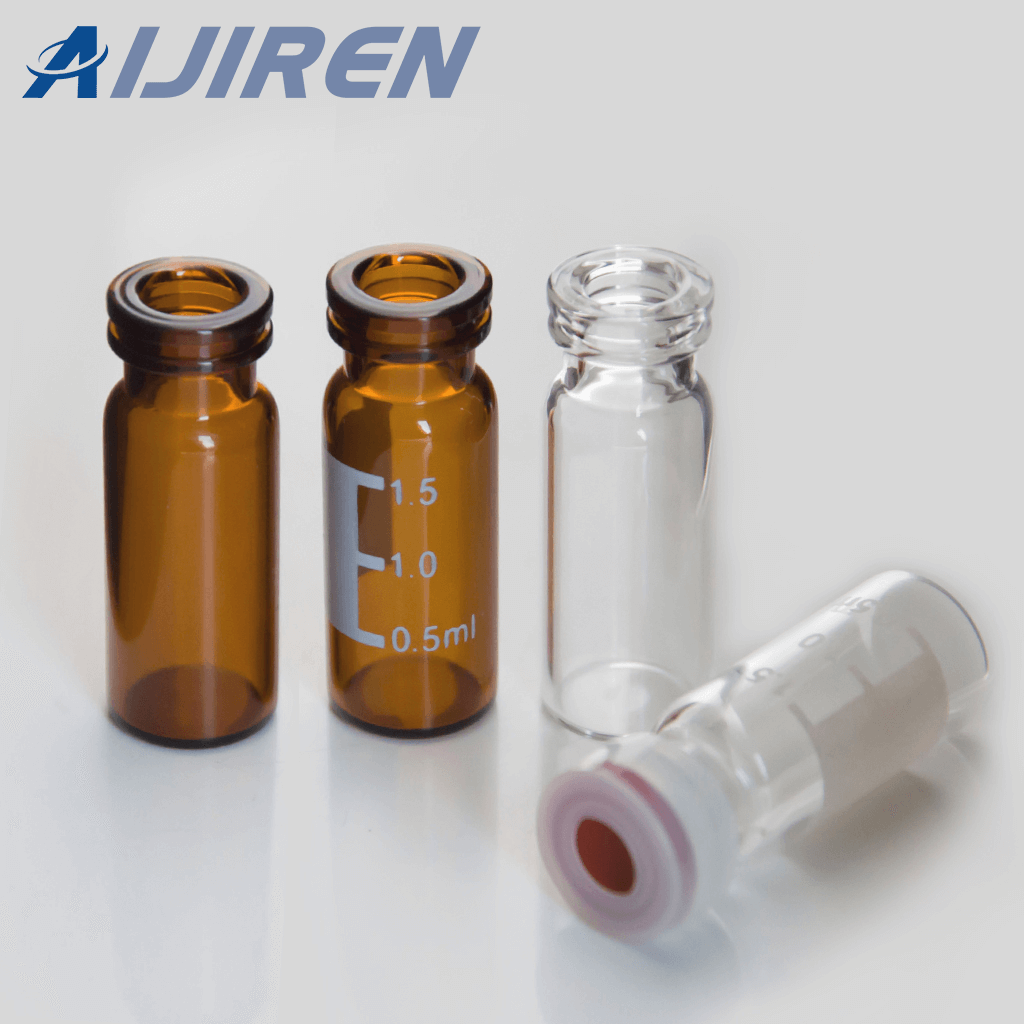
HPLC vial necks come in five distinct styles. HPLC vials offer various neck options.
a). Screw neck vials feature threaded necks which allow them to be closed safely using caps or septa.
b). Vials with necks designed for crimping can be sealed using special tools to form a seal that holds in the cap or septum securely.
c). Snap neck vials are vials with necks designed to snap easily onto the septum or cap without the need for additional tools.
d). Shell vials are cylindrical bottles designed for easy insertion. Their holders provide the necessary support.
e). Vials with inserts are smaller vials that feature an insert to minimize surface area interaction between samples and the container.
The neck type chosen for HPLC vials largely depends on a variety of factors, including analytical requirements, instrumentation being utilized, and user preferences.
III. What are the Key Considerations when Selecting Chromatography Vials?
The key considerarions include compatibility of samples, chemical and thermal resistance, pressure resistance, and dimensions/volume/thread size/thread diameter compliance certification and compliance when selecting vials for chromatography analysis.
As part of selecting chromatography vials, sample compatibility must be kept in mind. Certain test samples may react with certain vial materials and lead to contamination, degradation, or loss of analyte. Glass vials are generally the best choice when it comes to chromatography due to their transparency and chemical inertness; however plastic vials made of materials like polypropylene and polystyrene may provide more suitable storage environments for samples sensitive to glass surfaces.
When selecting chromatography vials, chemical resistance must also be taken into consideration. The material of the vial should withstand any acids, bases, and solvents used during analysis as reactions may arise between it and either reagents or samples that interact chemically and lead to inaccurate results. While glass vials tend to withstand most chemicals better, plastic vials may offer superior solutions depending on your application needs.
A.Thermal Stability
When selecting chromatography vials, thermal stability should also be an essential consideration. A sturdy vial must withstand the temperatures used in analysis without degrading or breaking; glass vials tend to withstand higher temperatures more easily while plastic vials may be better suited for certain applications such as low-temperature analysis.
B.Pressure Resistance
When selecting chromatography vials, pressure resistance should also be an essential consideration. Some applications call for pressurized systems which require pressure-resistant vials that can withstand pressurization without breaking or leaking; glass vials tend to handle higher pressures than plastic ones and have better resistance against pressure than their counterparts.
C.Vials Measure Volume and Dimensions
When selecting chromatography vials, it is also crucial to take the volume and dimensions of each vial into account. Vials come in different sizes that accommodate different sample volumes ranging from micro vials all the way up to large-volume vials.
D.Thread Type and Size
When selecting chromatography vials, it is also crucial to take the thread size and type into account. The size and type should match those used by analysis instruments; each thread type, such as screw threads or crimped ones, offers both advantages and disadvantages.
E. Certification and Compliance
Certification and compliance should always be taken into account when selecting chromatography vials since they must meet industry standards like ISO and USP while being certified free from contaminants such as trace elements.
Selecting the ideal chromatography vial for analytical lab applications is critical in order to produce accurate and reliable results. When choosing your vial, keep several factors such as sample compatibility and chemical resistance in mind as well as dimensions/volume/thread type/size considerations in mind for the best results. With careful consideration, given these criteria, you can ensure you achieve accurate and reliable results that exceed expectations.
IV. What are the Applications of Chromography Vials
The Applications of Chromography Vials are gas chromatography, ion exchange chromatography, affinity chromatography, size exclusion chromatography (SECC), and others. Liquid Chromatography is a separation technique that employs two liquid components, known as the stationary phase and mobile phase, to separate samples. These can be housed within glass or plastic columns within vials designed to withstand high temperatures and pressures; microbore and analytical sizes of vials for liquid chromatography vials are available as well to accommodate various sample volumes and flow rates.
A. Gas Chromatography
Gas chromatography employs both stationary and mobile gas phases to separate compounds, with the stationary phase often coated on capillary columns located inside vials for chromatography (usually made of materials that can withstand high temperatures and pressures such as borosilicate glass or aluminum) designed to house them. Vials must also be airtight to avoid contamination or loss of samples during analysis.
B. Ion Exchange Chromatography
Ion Exchange Chromatography (IEC) is an analytical technique used to separate and purify proteins and biomolecules by their net charge. The stationary phase in IEC consists of charged groups that attract or repel charged molecules that attract or repel one another, such as charged groups in vials for IEC designed with polypropylene or another material resistant to the mobile phase’s corrosion effect.
C. Affinity Chromatography
Affinity chromatography employs ligands to interact with biomolecules and separate and purify them, in order to separate and purify them. A ligand coated on the stationary phase binds specifically with its target molecule for retention in a column selectively. Vials used for affinity chromatography must be designed so as to allow coating with hydrophilic polymers without leaching coating into the mobile phase; glass or plastic vials may be suitable, with hydrophilic polymer coating to minimize protein binding.
D.Size Exclusion Chromatography (SECC)
Size exclusion chromatography uses porous beads as stationary phases to separate molecules according to size. As part of its technique, size exclusion vials are designed specifically to fit these beads and prevent sample loss caused by compression of larger molecules while permitting smaller ones to enter. They may be made of plastic such as polypropylene for high-pressure use when it comes to effective separation.
E. Other Applications
Chromatography vials can also be utilized for other techniques, including chiral, hydrophobic, interaction, and reverse-phase chromatography. Furthermore, preparative chromatography makes use of vials by isolating large volumes of samples that will later be utilized by downstream applications.
Chromatography vials play an integral part in many separation techniques utilized in analytics and biochemistry. Their design must meet harsh chemicals, high temperature, and pressure conditions while accommodating stationary phase contamination and resisting harsh chemicals – and as more applications for chromatography arises so too will their demand.
V. Four Tips on Safe Handling and Storing of Chromatography Vials
The following are the best practices when handling and storing chromatography bottles:
A. Cleaning and Prep Work
Cleaning and preparing chromatography vials should be your initial task. They must be carefully scrubbed with an appropriate solution in order to rid themselves of contaminants that might interfere with analysis, as well as completely dry before use so as to avoid moisture entering into samples.
B. Filling and Capping
After cleaning and drying the vials, the next step should be filling and capping them. A clean syringe or pipette must be used to transfer samples into each vial before the top must be securely closed with an appropriate cap to prevent contamination or evaporation.
C. Labeling and Tracking
Labeling and tracking of chromatography vials are essential. In order to reduce confusion and ensure traceability, label each vial with an identifiable marker such as its barcode number or sample number in order to reduce confusion and facilitate traceability. Also maintain records regarding each vial’s contents including date/time, size/weight, etc.
D. Transport and Storage
Sample integrity depends heavily on how chromatography vials are stored and transported, so proper care must be taken when packaging and labeling vials for transport. Vials should be kept in a cool and dry location away from direct sunlight and other heat sources to preserve sample integrity. They should also avoid areas with high humidity that contain volatile chemicals which could contaminate samples during storage or transport. For safety during shipment, vials should be wrapped securely and labeled to prevent damage during their journey.
Proper storage and handling of chromatography vials are crucial to achieving accurate and consistent analytical chemistry results. Cleaning, preparation, capping, and labeling as well as tracking vials for transporting are all best practices when it comes to handling them – these practices ensure accurate samples by eliminating errors or inaccuracies in their handling and storage practices.
VI. Three types of Closures for Chromatography Vials
Chromatography vials and lids are indispensable components for accurate chromatographic analysis, providing an airtight seal that reduces the risk of contamination while assuring accuracy and reliability in results.
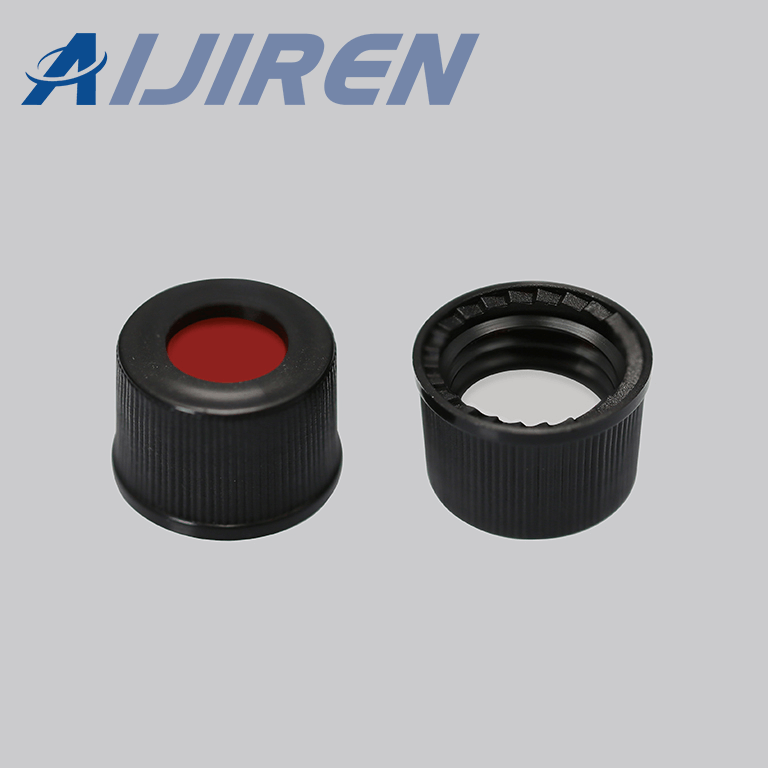
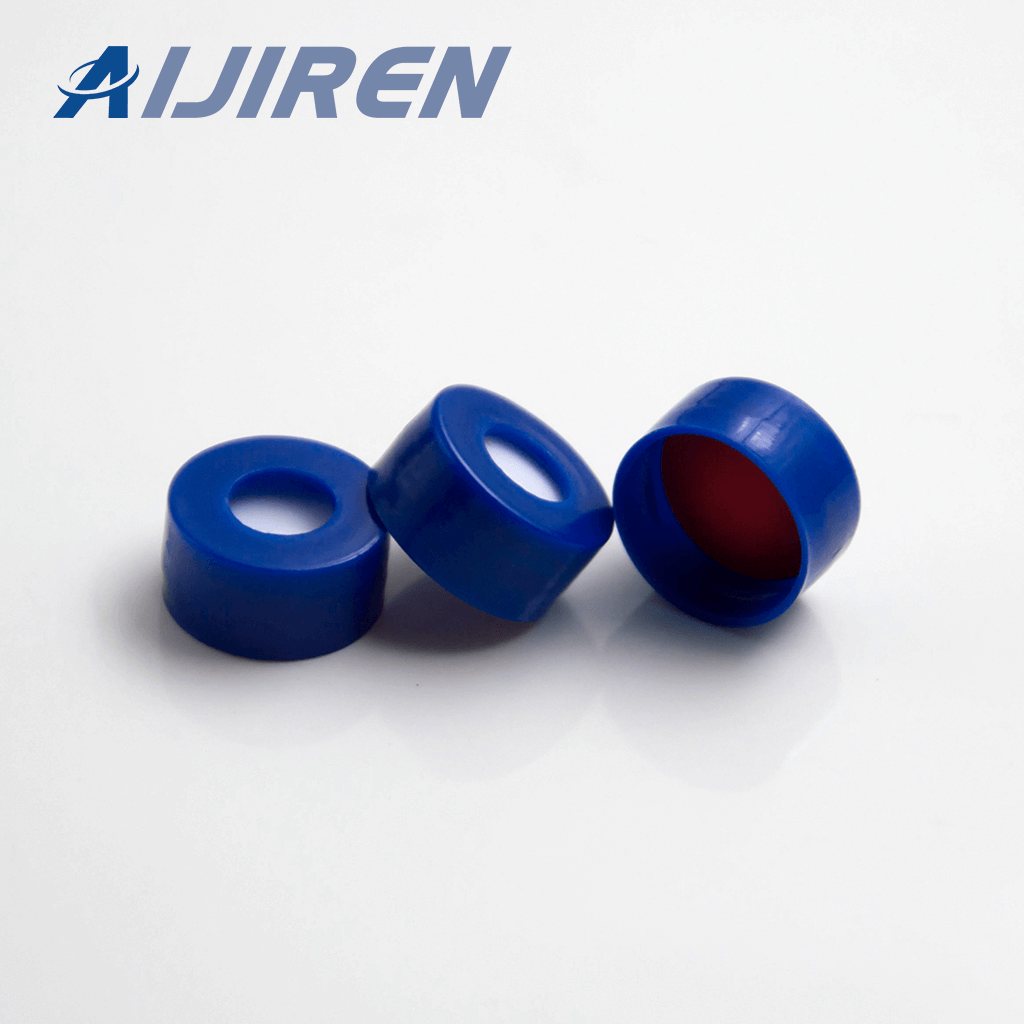
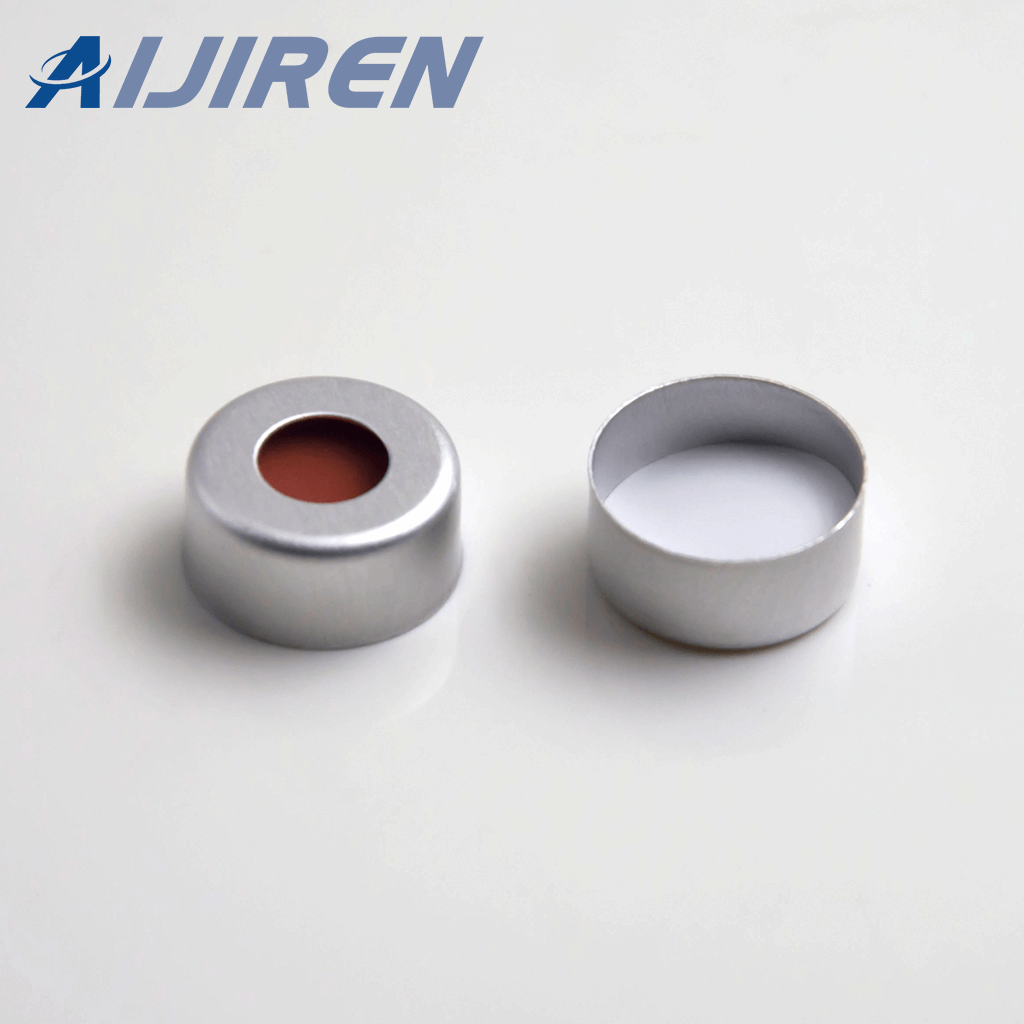
A.Screw Cap.
Screw caps attach vials via threading and are commonly used in chromatography due to their ease of use and excellent seal. Available materials for screw caps include metal, polypropylene, and polyethylene – each has its own advantages and disadvantages.
B.Crimp Cap.
Crimp caps can create an airtight seal between vial caps and closures with the use of an appropriate tool, and are suitable for high-temperature applications that require tight seals. However, this requires additional tools which may prove more expensive in comparison.
C.Snap Cap.
Snap caps provide quick seals on vials, making them suitable for high-throughput processes. Available in materials like polypropylene and polyethylene, snap caps may not seal as tightly as screw or other types of crimp caps.
To ensure an airtight and secure seal, it is crucial that vials and closures match. Taking into consideration both the size and material of a vial will determine its appropriate closure; these come in various capacities such as 1.5mL and 2mL containers made of plastic and glass respectively. In order to prevent contamination and ensure tight-fitting lids the type of closure selected should match both the size and material properties of its vials.
When choosing chromatography closings, it is also essential to keep compatibility between autosamplers and vials in mind. Autosamplers automatically inject samples into chromatography devices; to prevent contamination or sample loss, vials and their closures must be compatible with these autosamplers – with certain closures specifically tailored towards autosamplers to make selecting an instrument easier.
Closures and vials used for chromatography are essential parts of the procedure. Selecting an airtight and secure seal, preventing contamination, as well as maintaining accuracy and reliability are paramount in choosing an optimal closure – choose wisely among screw caps, snap caps, or crimp caps; each type has advantages and disadvantages depending on your application; it is best practice when matching vials with closures when making this selection.
VII. What are the Prices of Chromatography Vials
Prices of vials may differ widely depending on a number of variables. The price of glass vials tends to be more costly than their plastic counterparts; the price of 100 glass 2mL vials generally runs between $30-40 while the price of 100 plastic 2mL vials costs between $10-20 per pack.
There are different types of glass vials on the market and their prices can differ significantly. The price of a pack of 100 amber glass vials used for chromatography typically costs $40-50 while clear glass vials cost around $30 to 40; the price of amber glasses tends to cost more as they protect samples from light-induced degradation.
Four Price factors should also be taken into consideration.
A.Material
The price of chromatography bottles depends on various factors, with the material used to manufacture vials being one of the main determinants. Glass and plastic are two popular choices when it comes to manufacturing these vials – glass being more costly due to durability, inertness, and quality requirements while plastic ones offer lower costs but still serve many applications.
B.Volume
Vial volumes also impact price; smaller vials cost more per volume due to more intricate manufacturing processes requiring precise machinery and more expensive raw materials, so manufacturers must charge more for these smaller vials.
C.Certification and Compliance Compliance.
Certification and compliance have a direct effect on the price of chromatography vials. Vials that conform with FDA regulations, ISO standards, or other regulatory standards tend to be more costly due to additional tests, quality controls, and documentation costs associated with certification processes that increase production costs.
D.Quantity of vial
Another significant factor affecting the price for chromatography vials is quantity; generally speaking, larger orders qualify for greater discounts as this allows manufacturers to reduce production and shipping costs when producing and shipping in mass.
Price for chromatography vials depends on various factors, including their material, volume, certification compliance, and quantity. Glass vials tend to be more costly than plastic ones and amber glass ones often cost more than clear ones – all these aspects should be taken into consideration when purchasing vials so as to achieve the best value.
Ⅷ. Conclusion
Chromatography vials play an essential part in various industries such as pharmaceuticals, biotechnology, and environmental testing. These vials come in different sizes and materials to accommodate various sample volumes and types, ensuring accurate analysis. Their goal is to prevent contamination while upholding sample integrity – they’re essential components in chromatography systems! Advances in technology have led to the creation of autosampler vials, which improve efficiency and accuracy during chromatographic analyses. Chromatography vials remain key tools in the field and have continued to adapt to modern analytical techniques.
Back to List
-
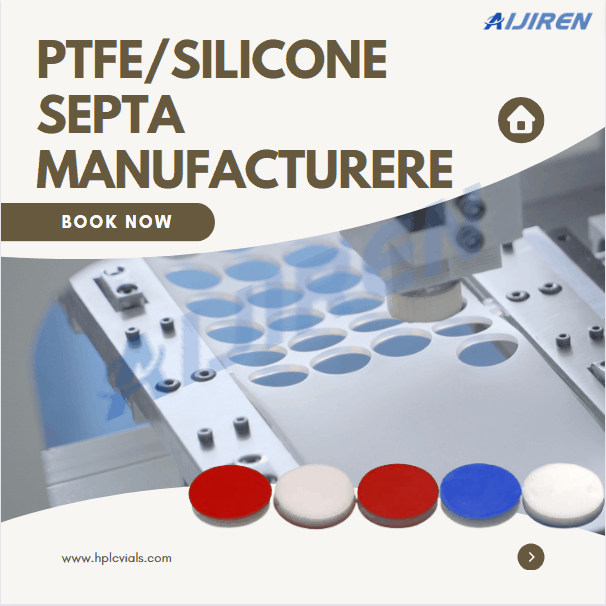 下午4:09Weighing the Pros and Cons of PTFE/Silicone Septa
下午4:09Weighing the Pros and Cons of PTFE/Silicone Septa -
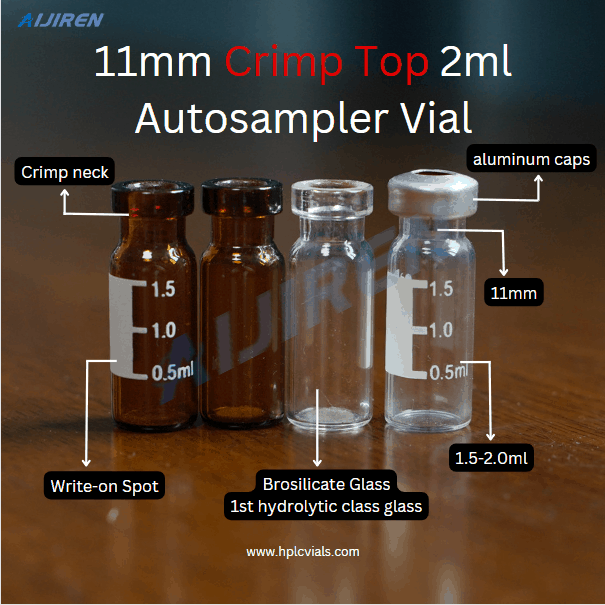 下午4:05Decoding Vial Discard Guidelines: Ensuring Precision in Chromatography
下午4:05Decoding Vial Discard Guidelines: Ensuring Precision in Chromatography -
 下午5:01Navigating Micro Inserts for HPLC Vials: A Comprehensive Guide
下午5:01Navigating Micro Inserts for HPLC Vials: A Comprehensive Guide -
.jpg) 下午2:02Common faults and solutions of automatic samplers(2)
下午2:02Common faults and solutions of automatic samplers(2) -
 下午5:08Ensuring Sample Integrity: Navigating EPA Storage Vials Stability Guidelines
下午5:08Ensuring Sample Integrity: Navigating EPA Storage Vials Stability Guidelines

